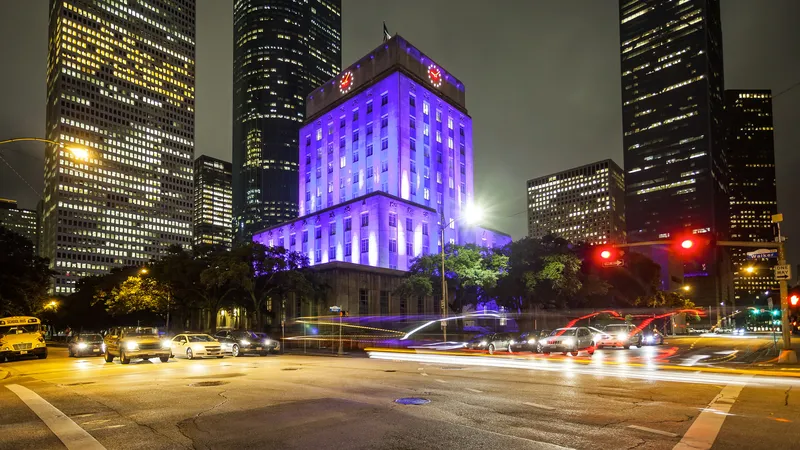Spanish company Indra has successfully completed the implementation of the Chengdu and Xian air control centres in China; between them, the two centres manage air traffic in more than eight regions in the country for a total of 4.2 million square kilometres.
Chengdu is one of Asia's largest air control centres, more than 400 air controllers who are responsible for an area of 2.3 million square kilometres. Indra technology is used to control the upper airspace of five regions in the territory and the co
February 24, 2014
Read time: 2 mins
Spanish company 509 Indra has successfully completed the implementation of the Chengdu and Xian air control centres in China; between them, the two centres manage air traffic in more than eight regions in the country for a total of 4.2 million square kilometres.
Chengdu is one of Asia's largest air control centres, more than 400 air controllers who are responsible for an area of 2.3 million square kilometres. Indra technology is used to control the upper airspace of five regions in the territory and the company has implemented an advanced 4D trajectory flight management system, as well as communication and route conflict prediction systems.
With approximately 70 air controller positions, Chengdu manages the traffic of 17 international and about 30 domestic routes. Indra has also installed its air traffic flow control and arrival manager, to efficiently sequence departures and arrivals within the network of 50 airports that operate in the five provinces.
Shuang Liu airport, one of the most important in the country, with 240,000 flights a year, has been equipped with state of the art technology for route, approach and tower services for air traffic management.
Similar systems have also been installed in the Xian control centre, which is responsible for controlling an area of 1.9 million square kilometres, in the regions of Shaanxi, Ningxia and Gansu.
Chengdu is one of Asia's largest air control centres, more than 400 air controllers who are responsible for an area of 2.3 million square kilometres. Indra technology is used to control the upper airspace of five regions in the territory and the company has implemented an advanced 4D trajectory flight management system, as well as communication and route conflict prediction systems.
With approximately 70 air controller positions, Chengdu manages the traffic of 17 international and about 30 domestic routes. Indra has also installed its air traffic flow control and arrival manager, to efficiently sequence departures and arrivals within the network of 50 airports that operate in the five provinces.
Shuang Liu airport, one of the most important in the country, with 240,000 flights a year, has been equipped with state of the art technology for route, approach and tower services for air traffic management.
Similar systems have also been installed in the Xian control centre, which is responsible for controlling an area of 1.9 million square kilometres, in the regions of Shaanxi, Ningxia and Gansu.









